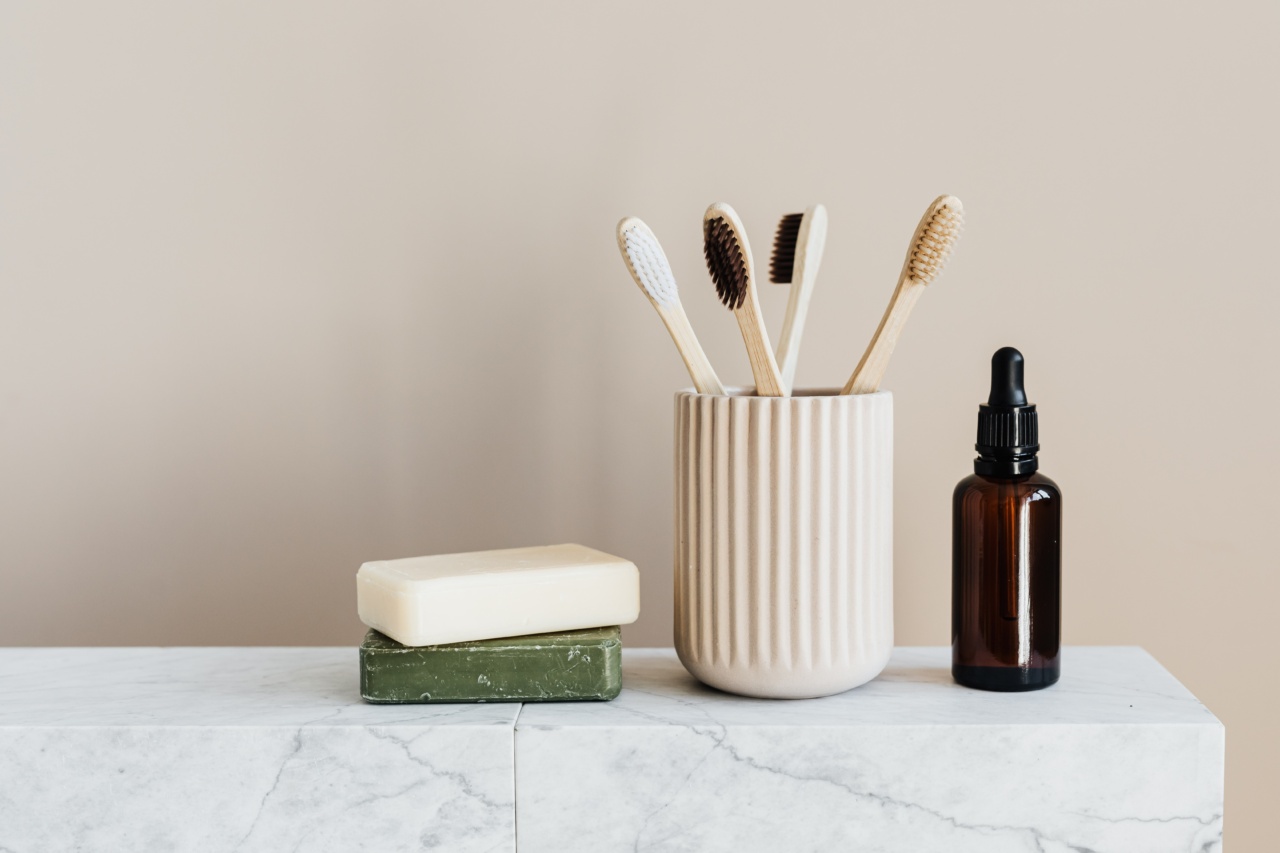Urine leaks can be an embarrassing and frustrating problem that affects both women and men. Whether due to age, pregnancy, or other factors, this condition is often caused by a weak or dysfunctional pelvic floor muscle.
Fortunately, there are simple exercises that can help you improve your bladder control and reduce urine leaks. In this article, we will explore some of the best exercises and tips to strengthen your pelvic floor and prevent incontinence.
The Pelvic Floor Muscle
The pelvic floor is a group of muscles that support the bladder, uterus, and rectum, and play a crucial role in urinary and bowel continence.
These muscles form a hammock-like structure at the bottom of the pelvis, and their strength and coordination determine the ability to control the bladder and prevent urine leaks. The pelvic floor can be weakened by various factors such as pregnancy, childbirth, menopause, obesity, surgery, aging, chronic constipation, or a sedentary lifestyle.
When the pelvic floor is weak, the opening where urine passes through (the urethra) may not stay closed enough, leading to involuntary urine leakage (incontinence).
Pelvic Floor Exercises for Urine Leaks
The most effective way to strengthen the pelvic floor muscles is through specific exercises that target this area. These exercises are also called Kegels, named after Dr.
Arnold Kegel who developed them in the 1940s to help women with urinary incontinence after childbirth. Kegel exercises can benefit both women and men who experience urine leaks, and they are easy to do at home without any equipment.
How to Do Kegel Exercises
1. Identify the pelvic floor muscles. To do Kegels, you need to know how to contract and relax the right muscles. The easiest way to do that is by stopping urination midstream and holding it for a few seconds.
The muscles you used to do that are your pelvic floor muscles. However, do not do Kegels while urinating, as it can lead to urinary tract infections or incomplete emptying of the bladder.
2. Start with an empty bladder. To avoid urinary accidents, it’s best to do Kegels with an empty bladder. You can do them anytime, anywhere, while sitting, standing, or lying down.
3. Contract the muscles. Tighten your pelvic floor muscles as if you’re trying to hold urine or gas. When you squeeze these muscles, you should feel a pulling sensation inward and upward.
Make sure to isolate the pelvic floor muscles and not the abdomen, buttocks, or thighs. Hold the contraction for 5 seconds, then release for 5 seconds.
4. Repeat several times. Do 10-15 repetitions of Kegels at a time, three times a day. Gradually increase the duration of each squeeze to 10 seconds, and the number of repetitions to 30 or more.
5. Be consistent. Pelvic floor exercises need time and patience to show results. It may take several weeks or months of regular Kegels to notice improvement in urine leaks.
Other Pelvic Floor Exercises
In addition to Kegels, there are other exercises that can help strengthen and tone the pelvic floor muscles. These include:.
1. Squats
Squats are a great way to engage the pelvic floor muscles and the legs. Stand with your feet hip-width apart, toes pointing forward. Slowly bend your knees and lower your hips as if sitting in a chair.
Keep your back straight and your knees behind your toes. Pause at the bottom, then push through your heels and squeeze your pelvic floor to rise up. Repeat 10-15 times.
2. Bridges
Bridges target the glutes and the pelvic floor muscles. Lie on your back with your knees bent, feet flat on the floor, and arms at your sides. Slowly lift your hips off the floor, squeezing your buttocks and pelvic floor.
Hold for 5 seconds, then lower your hips down. Repeat 10-15 times.
3. Pilates
Pilates is a low-impact exercise that focuses on core strength and stability, including the pelvic floor. Some Pilates exercises that can benefit the pelvic floor are the pelvic tilt, the hundred, and the single leg stretch.
You can take a Pilates class or follow an online tutorial.
Lifestyle Tips for Better Bladder Control
In addition to exercises, there are some lifestyle changes and habits that can help prevent or reduce urine leaks. Try these tips:.
1. Maintain a healthy weight.
Being overweight or obese can put extra pressure on the bladder and the pelvic floor muscles, making it harder to control urine. Try to achieve and maintain a healthy weight through a balanced diet and regular exercise.
2. Quit smoking.
Smoking can damage the bladder and irritate the lining, leading to frequent or urgent urination, or even incontinence. Quitting smoking can not only improve your bladder control but also your overall health.
3. Drink enough water.
Although it may seem counterintuitive, drinking enough water is important for bladder health. Dehydration can lead to concentrated urine that irritates the bladder and causes urgency or leaks.
Aim for 6-8 glasses of water or other fluids per day, and avoid excessive caffeine, alcohol, or acidic beverages that can irritate the bladder.
4. Avoid constipation.
Chronic constipation can strain the pelvic floor muscles and the rectum, weakening the support for the bladder. To avoid constipation, eat fiber-rich foods, exercise regularly, and establish a healthy bowel routine.
5. Practice good toilet habits.
Going to the toilet regularly and fully is important for bladder health. Do not hold urine for too long, as it can stretch the bladder and affect its ability to empty completely. When you urinate, relax your pelvic floor muscles and avoid straining.
Wipe from front to back after bowel movements to prevent bacteria from entering the urethra.
Final Thoughts
Urine leaks can be an irritating and embarrassing problem, but there are ways to improve your bladder control and reduce incontinence.
By doing the right exercises, adopting healthy habits, and seeking medical advice if needed, you can strengthen your pelvic floor muscles and regain your confidence and comfort. Remember to be patient and consistent with your pelvic floor routine, and do not hesitate to consult your healthcare provider if you have any concerns.






























